The legacy of John Ferguson's stained glass - Part 1
We recently featured a post about the prolific production of stained glass windows in Australia and New Zealand by the partnership of James Ferguson and James Urie click here. Their production was prolific, but sadly was for a relatively short time of only 53 years.
Today we feature another stained glass business, also including the name of Ferguson, but of no relation to the Ferguson and Urie partnership!
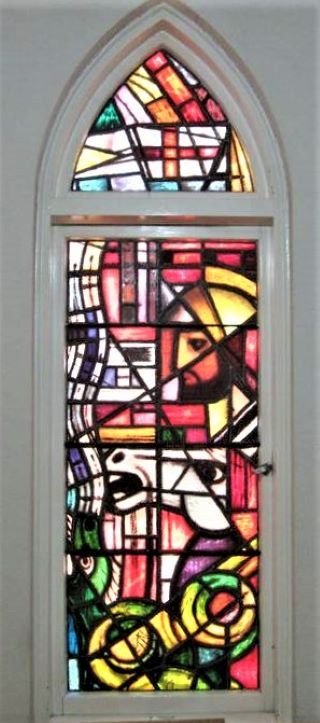
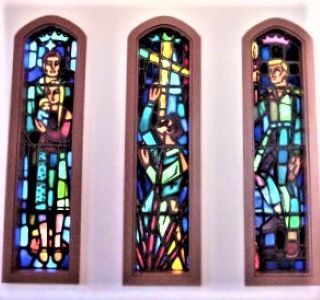
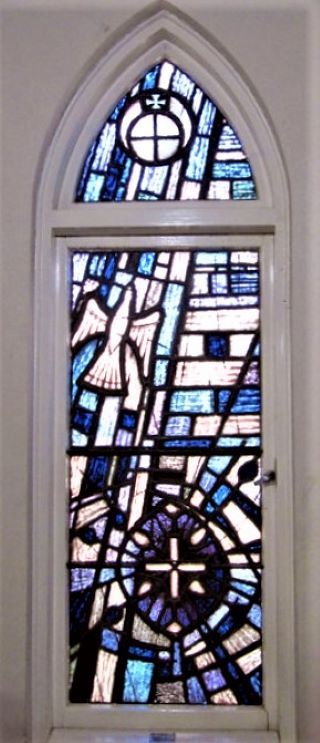
This partnership was born after the Second World War, in 1952, when a man named John Ferguson started the business with his friend Nick Papas. John and Nick had met briefly before serving together in WWII in New Guinea. They became close friends during that time and even ended up in the same hospital ward on their return to Australia. 1
John Ferguson had followed in this father’s footsteps in deciding to have a career in art. His father, Nelson Ferguson, had been an art teacher before and after his own war service in the First World War. But John, having enlisted at age 18, had not been able to finish his art studies, and neither had Nick Papas. So, both boys went back to their art studies after the war, hoping there would be a job at the end of it…….
One day, whilst heading to art class at the Melbourne Technical College, (where his father, Nelson, also taught, coincidentally), John saw a “Positions Vacant” sign outside the stained glass making business of Brooks, Robinson & Co, at 59 – 65 Elizabeth Street, right in the centre of Melbourne. They were looking for artists to draw the designs for church, commercial and domestic windows. John put together a portfolio of his work, (quite possibly the bound notebook shown below), and was offered a job as a window designer.
With the detail achieved in his meticulous drawings it is no wonder he was snapped up!
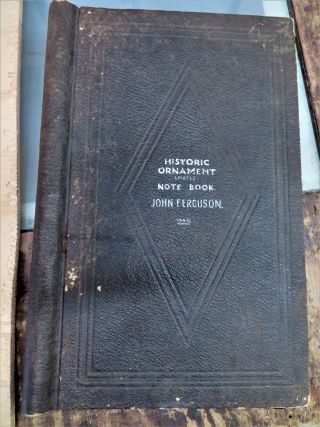
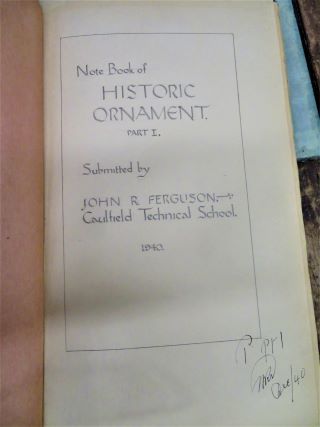
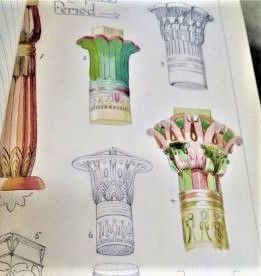
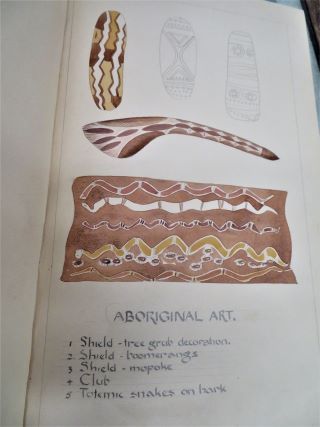
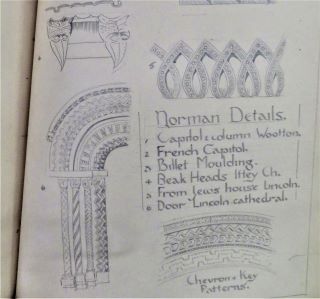
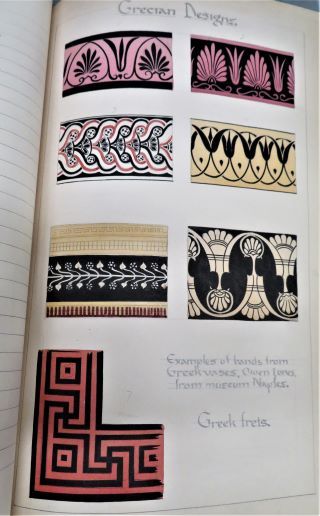
A few weeks later, Nick Papas also joined the same firm as a craftsman in the construction of stained glass windows.
The two men both worked for Brooks, Robinson & Co for a number of years, where a dour Scot taught John well in the long held, traditional techniques of stained glass. But in time, John and Nick thought they could explore a newer, fresher direction for stained glass windows if they went out on their own. They sought the counsel of John’s father, Nelson, who offered them a studio in his own back yard to start up their business.
The partnership was further cemented by the fact that John and Nick were now brothers-in-law, as Nick had met and married John’s sister Meg through their friendship. And so they were off and running, in 1952, in their new studio in Nelson’s backyard.
Nelson’s sight had been badly damaged by mustard gas in WWI, and despite a corneal graft in later years, his sight deteriorated. Eventually, Nelson had to retire from teaching art at the Royal Melbourne Technical College, almost blind. He didn’t ever actually produce stained glass windows, but, with his artistic background, was able to act as a mentor for the two boys. Their business flourished with John’s modern designs and Nick’s skill in stained glass construction.
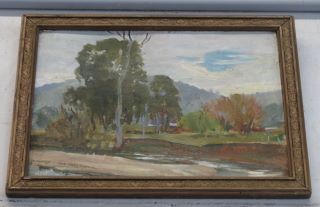
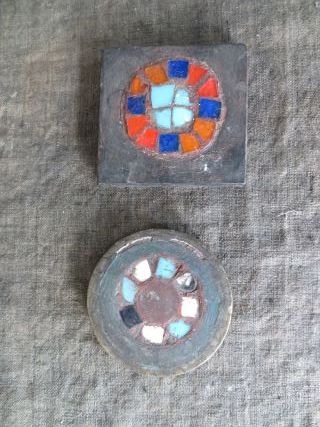
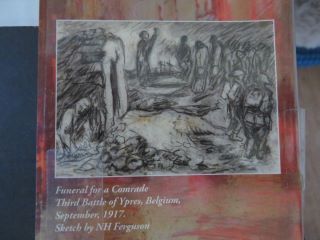
By the late 1950’s, the Ferguson and Papas business was booming, with an 18 month wait for any church, house or other organisation wanting a stained glass window. Masterpieces of light were being created and installed in many churches and organisations across Melbourne and rural Victoria, including Ballarat and Bendigo. 1
One such example is The Transfiguration window, in the Surf Coast Anglican church at Torquay, Victoria. In the Victorian Heritage Database website, it is described as follows:
Dr Bronwyn Hughes, noted stained glass historian, who has made a study of Ferguson's work, said: “he made a significant contribution to Modernist stained glass in Australia … (and) his windows will stand as fine examples of the art in a hundred years”. He and his partner Papas “worked for an essentially conservative clientele, always urging them towards contemporary solutions of traditional subject matter.” 2
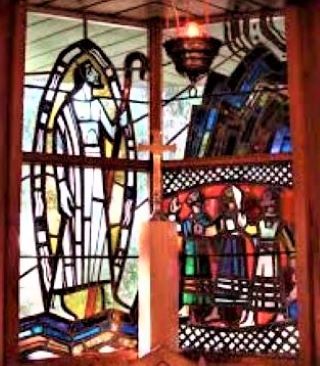
The “Mary” window in the church in Birchip, in rural North West Victoria is another example of a Ferguson and Papas window. We came to know about that through Maureen Donnellon, who sent us photos of it, as well as the Stations of the Cross by Poldi Mimovich, which we included in our Good Friday post of 2022 click here.
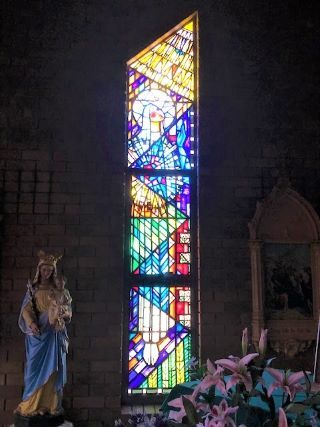

Below is a full list of Churches where Ferguson and Papas windows are installed. 1 You might like to go and have a look at any that may be near your locality, if you live in Australia.
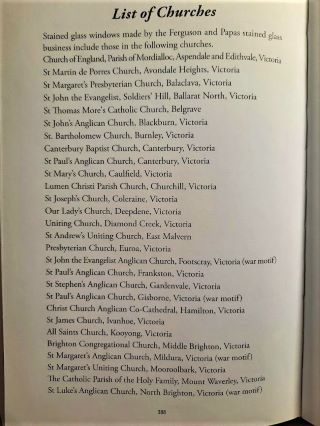
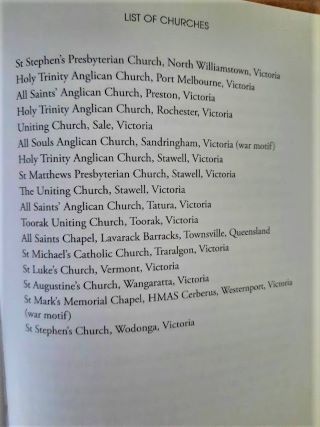
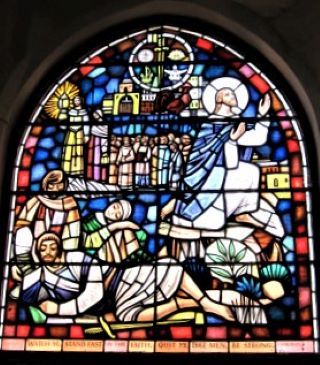
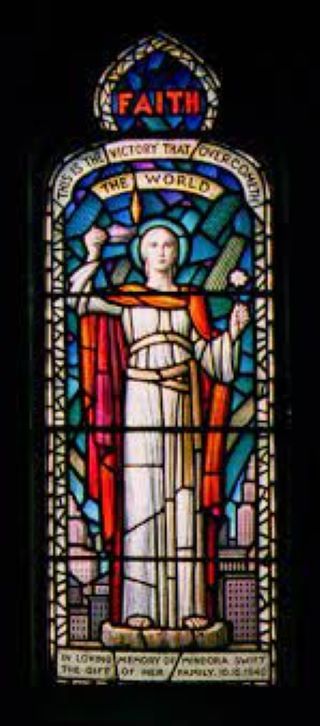
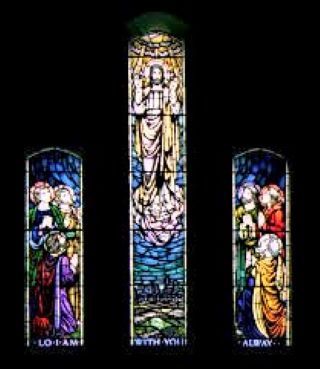
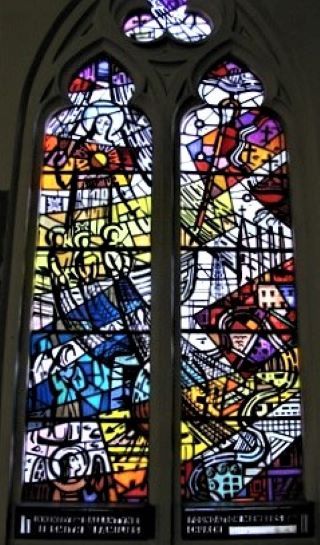
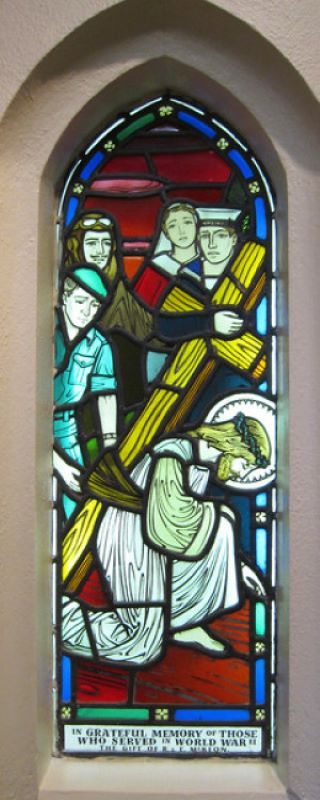
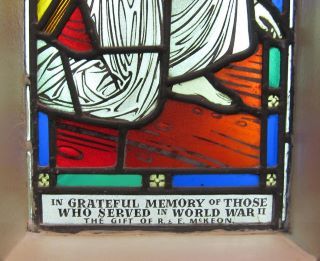
John Ferguson continued in the business until 1990, when his sons, the current owners, Peter and Andrew took over. Nick Papas had retired earlier. John and his wife were severely disabled in a car accident in 1990, and so John was not able to make another window.
The last window he made is at the St. Martin de Pores church in Avondale Heights in Melbourne. That window has been deemed by the National Trust of Australia as being of “State level significance”.
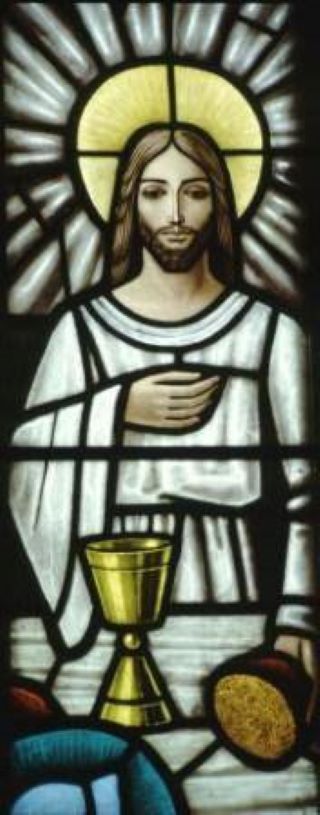
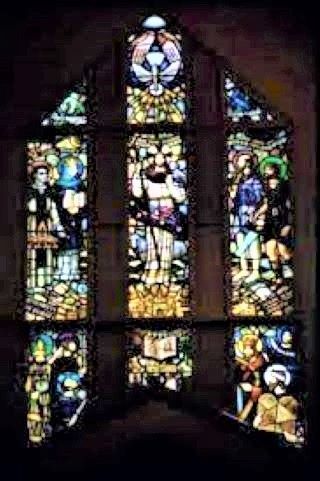
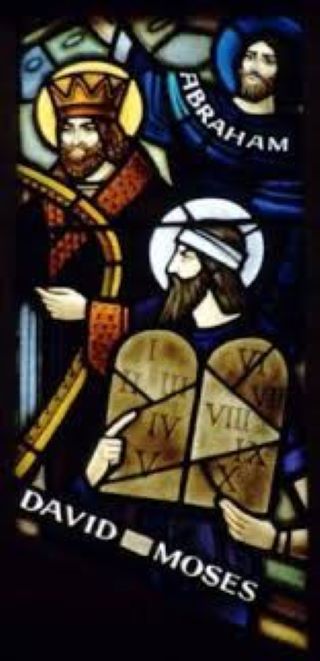
In 1990, the year of John and Nancy Ferguson’s accident, their sons, Peter and Andrew, installed a window in the St. John the Evangelist Church in Soldier’s Hill, Ballarat. As a tribute to their grandfather, Nelson, (who after mustard gas poisoning in WWI had suffered badly for the rest of his life), the bottom section of the stained glass window has a caption from the Bible: I was blind, but now I see (John 9:25).
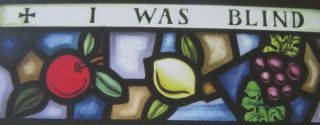
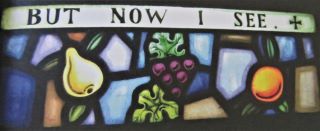
John Ferguson died of a stroke in 2010. He was a remarkable man who, besides being a talented designer, also built two houses and two catamarans, and was a keen walker, film enthusiast and violinist. He also practised transcendental meditation and had an extraordinary knowledge of the Bible, which helped in his work. 3
The stained glass legacy of John Ferguson continues today. Anne and Julie were lucky enough to be able to go and visit his son, Andy Ferguson, at his workshop in early April 2022. We had a great time, and Andy gave very generously of both his time and expertise in explaining the art of stained glass.
Tomorrow we will return to show you photos from our lovely visit there.
Late Mail
Today we have been joined by J.L. in the UK - the warmest of welcomes to you and we hope you enjoy very much our daily dose of art.
Footnotes
-
With thanks, taken from the book “The Glass Soldier. Not all of him shall die” by Don Farrands, 2017 ©. (Don is a grandson of Nelson Harold Ferguson, and nephew of John Ferguson and Nick Papas (by marriage).
-
The quotations in italics are from the Obituary of John Reginald Ferguson by Ken Scarlett, The Age, December 24, 2010, and reproduced on the website of the Surf Coast Anglican Church.org.au
-
Excerpt from Maureen Donnellon, history of the Birchip church
